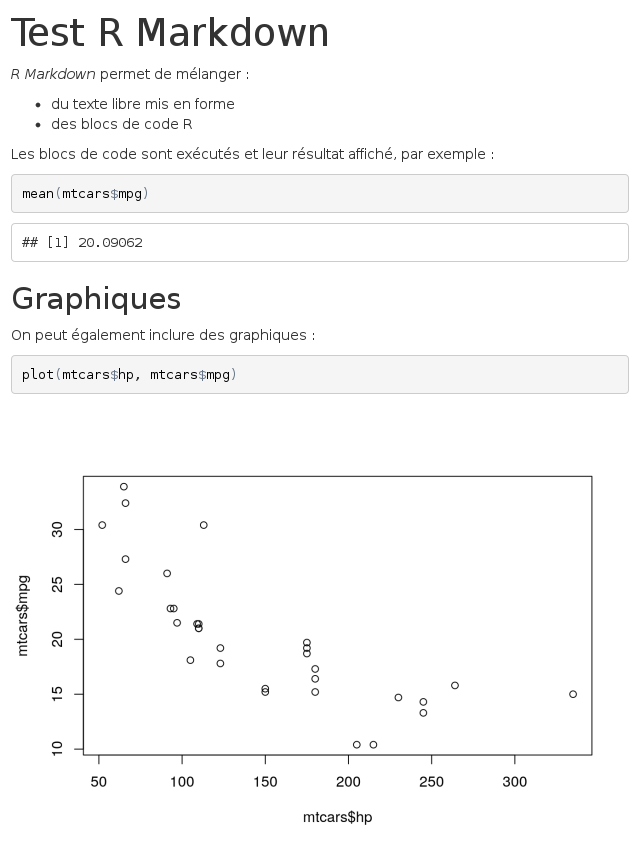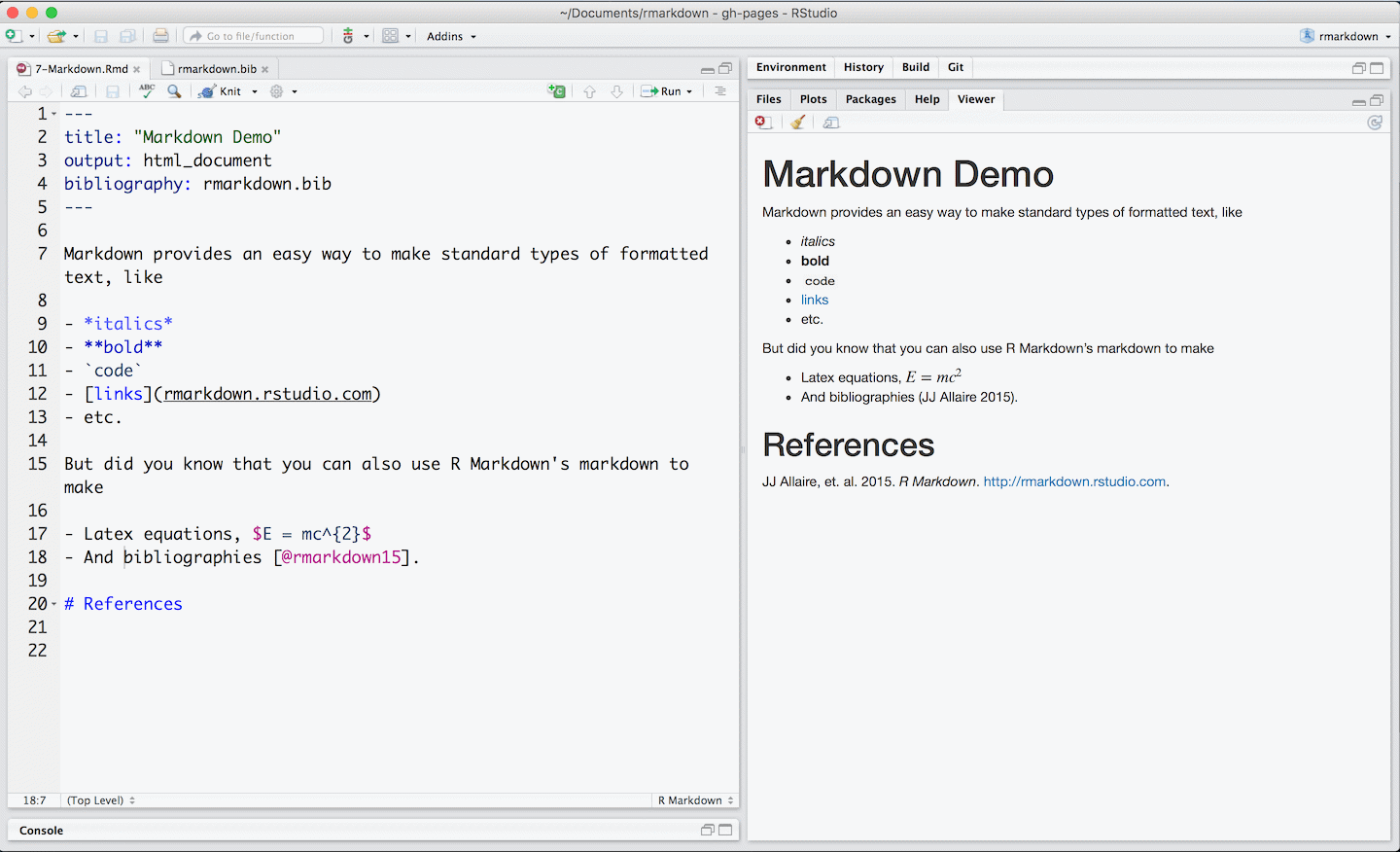Required minimum distributions (RMDs) are one of the most critical retirement account concepts to learn. Take the time to make sure you understand the sometimes-complicated RMD rules for your tax-deferred accounts. Doing so can help you avoid mistakes and penalties that set back your retirement planning.
We’ve created a cheat sheet to help answer your RMD questions:
1. The age RMDs begin: If you turned age 70 ½ before 2020, then you had to start taking distributions at that age. But the SECURE Act, which passed in late 2019, changed the age to 72 beginning January 1, 2020.
2. Exceptions to the age rule: You can generally defer RMDs if you are still working. However, if you are a 5%-or-more owner in a business that sponsors a retirement plan that you contribute to, you must take the RMD even if you are still working.


GITHUB FLAVORED MARKDOWN GitHub.com uses its own version of the Markdown syntax, GFM, that provides an additional set of useful features, many of which make it. The Cheat Sheet is based on end-of-day prices and intended for the current trading session if the market is open, or the next trading session if the market is closed. The projected trigger prices of the signals are listed from highest price at the top of the page to lowest price at the bottom. RMD stands for Required Minimum Distribution, and is the source of many of the questions we get from clients at FSA. In her #TechnicalTuesday debut, Kim Scott, CFP®, explains what a Required Minimum Distribution is, and how it could apply to you. This saves a version of your RMD file that already has data pre-loaded and will open much faster than re-loading data every time you want to knit the file. 5 MARKDOWN FORMATTING RULES. Examples taken from Adam Pritchard’s Markdown Cheatsheet. 6.4 Cheat Sheet. The complete Cheat Sheet can be used to give an indication of market timing. Green below the current price and red above will tend to keep trading in a narrow band, whereas green above the current price, or red below can produce a breakout where each new price level is confirmed by a new signal.

3. The retirement plans that require distributions: Maybe it’s easier to state the retirement plan that doesn’t require RMDs: your Roth account. Roths are exempt from required distributions since your contributions were made after-tax. The retirement accounts that require RMDs include:
a. Traditional IRAs, SEP IRAs, and SIMPLE IRAs
b. 401(k), 403(b), and 457(b) plans
c. Profit-sharing plans
d. Other defined-contribution plans
4. How your RMD is calculated: You’ll calculate your RMD amount based on your account’s balance as of December 31 the previous year. You’ll then divide this amount by the distribution period in one of the following IRS life expectancy tables:
a. Uniform Lifetime Table: For unmarried owners; married owners whose spouses aren’t more than 10 years younger; and married owners whose spouses aren’t the sole beneficiaries of their IRA
b. Table II (Joint and Last Survivorship): For owners whose spouses are more than 10 years younger and are the IRA’s sole beneficiaries
c. Table I (Single Life Expectancy): For beneficiaries who are not the spouse of the deceased IRA owner
5. Multiple retirement accounts: If you have multiple plans requiring minimum distributions, make sure you understand the rules for the account types you own. Mistakes can be expensive, with the IRS levying a penalty for up to 50% of any portion that you failed to withdraw.
a. IRAs: Calculate a separate RMD for each of the accounts. You can withdraw your total RMD amount from any combination of your accounts.
b. 403(b) plans: The same rule that applies to IRAs applies to 403(b)s.
c. 401(k) and 457(b) plans: Each account requires its own RMD.
6. When you need to withdraw funds: Your first RMD must be taken by April 1 of the year after you turn 72 or 70 1/2, depending on the age rule that applies to you. Following that, the RMD must be taken by December 31 each year. Note that this means you could end up taking two RMDs in a single year if you wait until April to make your first distribution.

7. The rules for inherited accounts: The rules for inherited IRAs and 401(k)s also changed with the SECURE Act. It used to be that retirement account beneficiaries could “stretch” out distributions over their life expectancy. But this ability changed for many heirs as of January 1, 2020, who now have to empty the account within 10 years. The new rule doesn’t apply to a surviving spouse, minor children (the rule does apply once they reach the age of majority), disabled or chronically ill individuals, and beneficiaries who are less than 10 years younger than the deceased account owner (such as a sibling).
Your RMDs Are One Piece of Your Financial Picture
RMD rules and regulations can be confusing if you’re keeping track of your accounts and calculating the distribution amount on your own.
Although you are required to take out a minimum amount, you also can withdraw more than that to pay for your living expenses. To understand how much you need to withdraw, create a budget that incorporates your expenses and all your income sources. The gap between the two will likely come from your retirement accounts.
Rmd Cheat Sheet
You might find it helpful to work with a financial advisor who provides retirement planning. Our Sacramento-area wealth management firm helps clients understand their RMDs in coordination with their entire financial picture. We generally recommend that pre-retirees and retirees work with a fee-only, fiduciary financial advisor to help ensure the advice is in their best interest.
Schedule a complimentary, 15-minute call with a fee-only, fiduciary financial advisor today to discuss your personal situation.
Rmarkdown Cheat Sheet 2.0
This material was prepared by Kaleido Inc. from information derived from sources believed to be accurate. This information should not be construed as investment, tax or legal advice.
R Markdown Tutorial
Parkshore Wealth Management is a family-owned, independent, fee-only Registered Investment Advisor serving the greater Sacramento area with an office in Roseville, CA. We partner with financially responsible individuals and families who are eager to take positive steps that will allow them to use their money to build the life they desire. The firm is led by Harold Anderson, CFP®, and Daniel Andersen, CFP®, both members of NAPFA, the country's leading professional association of fee-only financial advisors.
